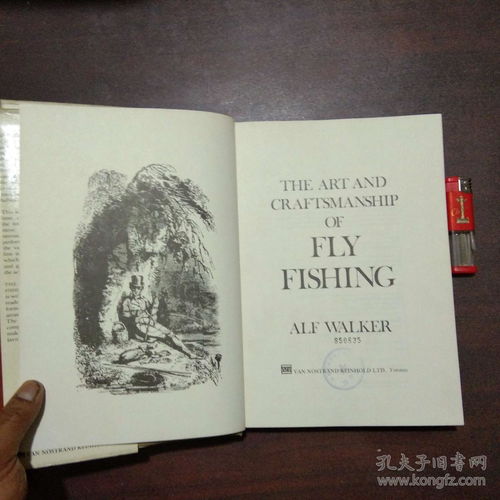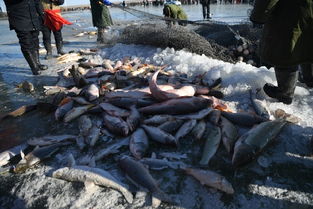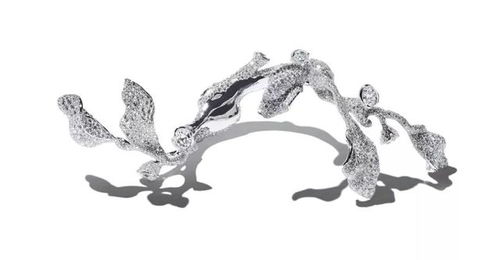Content:
Fishing is not just a hobby; it's a timeless tradition that fosters patience, respect for nature, and a sense of accomplishment. Teaching your child the art of fishing can be a rewarding experience that creates lasting memories and instills valuable life skills. Here are some essential tips and techniques to help you teach your child the basics of fishing.

Choose the Right Gear
The first step in teaching your child to fish is to ensure they have the right equipment. Here are some key pieces of gear to consider:
- Fishing Rod and Reel: Select a rod and reel that is appropriate for the age and size of your child. There are many child-sized fishing rods and reels available that are lightweight and easy to handle.
- Line: Use a monofilament line that is strong but also flexible. A line that is too thick can be difficult for a child to manage.
- Hooks: Start with small hooks that are easy to handle and less likely to harm the fish.
- Bait: Choose bait that is suitable for the fish you're targeting and that is easy for your child to handle. Live bait or artificial lures can both be effective.
- Tackle Box: Keep a small tackle box with all the necessary tools, including scissors for cutting line, needle-nose pliers for hook removal, and extra hooks and sinkers.
Safety First
Before you start teaching your child to fish, it's crucial to discuss safety. Here are some safety tips:
- Wear a Life Jacket: Always make sure your child wears a life jacket when fishing from a boat or near deep water.
- Supervision: Keep a close eye on your child, especially if they are young. Teach them to stay within reach and to follow your instructions.
- Sharp Objects: Keep all sharp objects, like hooks and fishing line, out of reach of children.
- Sun Protection: Apply sunscreen and wear a hat to protect against the sun's harmful rays.
Find the Perfect Spot
Choose a fishing spot that is safe, accessible, and suitable for children. Here are some considerations:
- Ease of Access: Look for a location that is easy for your child to reach, whether it's a nearby lake, river, or pond.
- Fish Population: Choose a spot with a known fish population to increase the chances of catching fish.
- Shallow Water: Start in shallow water where your child can stand and fish without the need for a boat.
Teach the Basics
Before your child starts fishing, teach them the following basics:
- How to Cast: Show them how to cast the rod with a gentle, overhand motion. Practice casting in a wide circle to get the hang of it.
- How to Tie Knots: Teach them how to tie a basic knot, such as the improved clinch knot, which is suitable for attaching the line to the hook.
- How to Bait the Hook: Demonstrate how to properly bait the hook with the chosen bait and ensure it is secure.
- How to Set the Hook: Explain how to set the hook when a fish bites and how to handle the line to avoid losing the fish.
Patience is Key
Fishing is a patient sport, and teaching your child to be patient is an important part of the learning process. Here are some tips:
- Explain the Process: Teach your child that fishing involves waiting for the fish to bite. Encourage them to enjoy the experience rather than focusing solely on catching fish.
- Offer Distractions: Bring along books, snacks, or other activities to keep your child entertained during periods of inactivity.
- Be a Good Role Model: Show your child how to stay calm and patient. Your attitude will set the tone for their experience.
Encourage and Celebrate
Encourage your child's efforts and celebrate their successes, no matter how small. Here's how:
- Praise Effort: Compliment your child for trying and for their patience, even if they don't catch a fish.
- Record the Experience: Take photos or videos of your child fishing to create a keepsake.
- Share the Catch: If your child catches a fish, show them how to properly release it back into the water or, if you're keeping it, how to clean and cook it.
By following these tips and techniques, you can help your child learn the art of fishing in a safe, fun, and educational environment. Remember, the goal is to instill a love for nature and the sport of fishing, so enjoy the process as much as your child does. Happy fishing!












